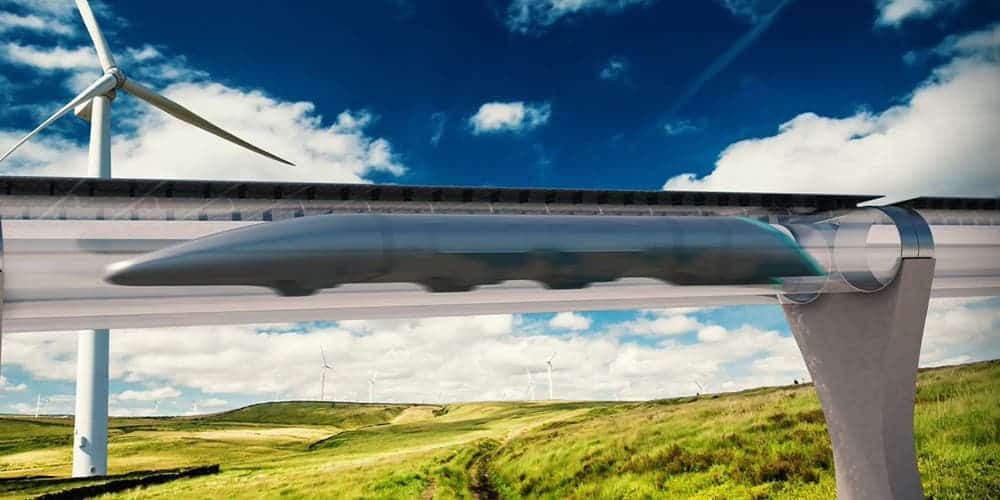With the Hyperloop Transportation Technologies Inc. signing a deal to build the first test track in California, Elon Musk’s “fifth mode of transport”, the Hyperloop, took its first big step from the realm of geeky to the concrete. Work on building the track is set to begin next year.
First announced at the PandoDaily event in Santa Monica in July 2012, and popularised by Musk’s 57-page white paper, the train that can outrun a passenger plane got us all very excited very fast. Incredibly energy efficient and cost-effective, the Hyperloop works by creating a partially vacuumed medium inside a train-sized tube, and propelling pressurised cabins (or pods) with magnetic linear induction motors on a cushion of air.
But despite all its promise, Elon Musk admitted that he did not have the time to work on it, and at the end of last year Hyperloop Transportation Technologies inc. began crowd-funding their own independent research into the project. And they’ve been working hard, with Navigant Research Blog reporting that they’ve struck a deal to build a US$100 million test track along California’s Interstate 5 highway. Boasting only a modest 8-km (5-mile) length, the test track won’t be long enough to reach the proposed speed, but its a decisive step to proving that the theory and the practice go hand in hand.
On a 160-km long (about 100-miles) track the train could reach speeds of 1,200 km/h, but engineers told Wired that in theory the pods could reach speeds of roughly 6,500 km/h (4,000 mph), if the track is long enough.
However, there are concerns as to whether or not such speeds are safe for passengers.
“The whole system is vulnerable to a single-point failure,” James Powell, retired physicist and co-inventor of the superconducting maglev concept, told LiveScience. “The guideway [track] has to be built to very fine tolerances, because if the position of the wall deviates from straightness by a few thousandths of an inch, you could crash.”
With the potential to reach speeds of up to 322 km/h (200 mph), the team at Hyperloop Transportation Technologies is confident that the test track will allow them to deal with the teething problems before scaling up the project.











